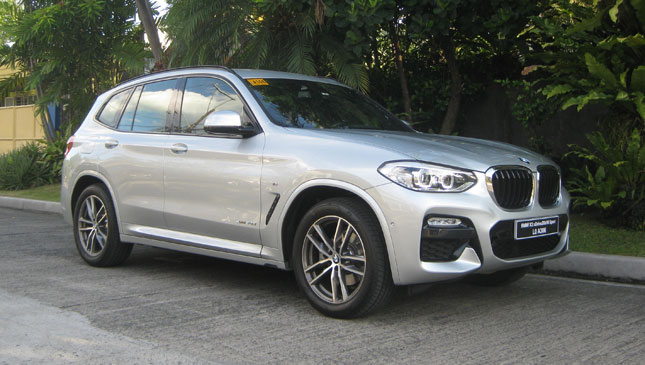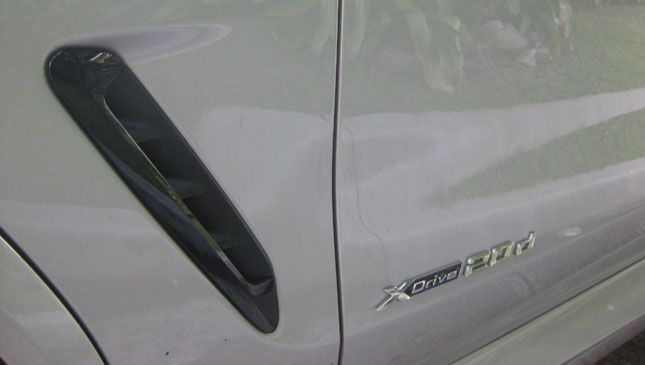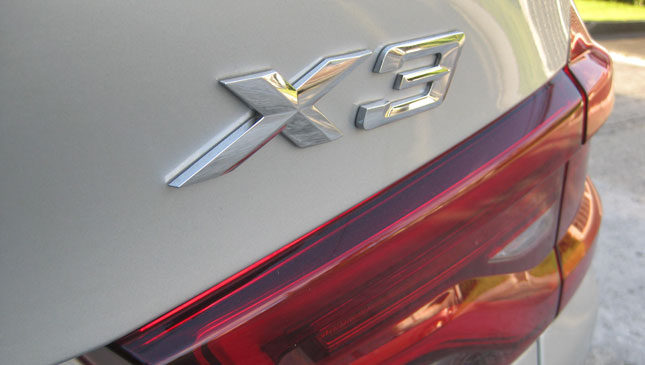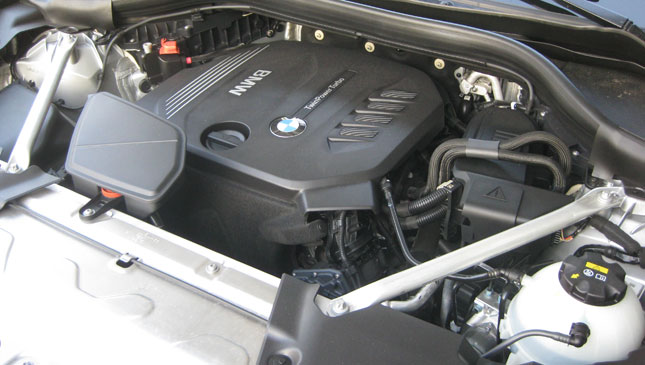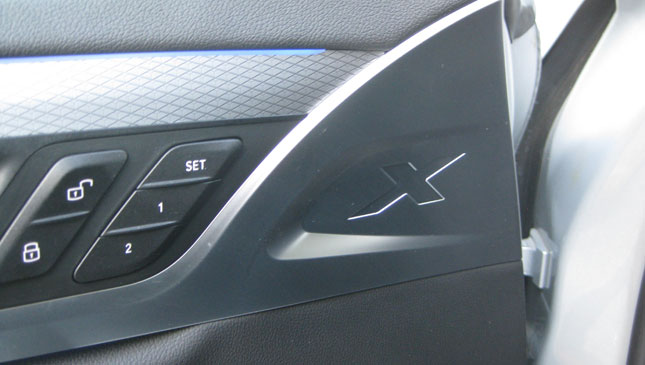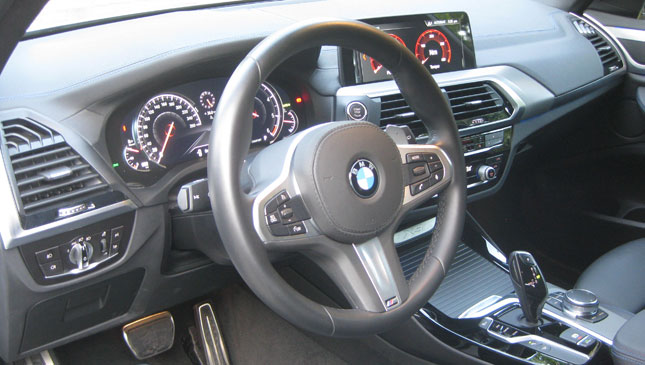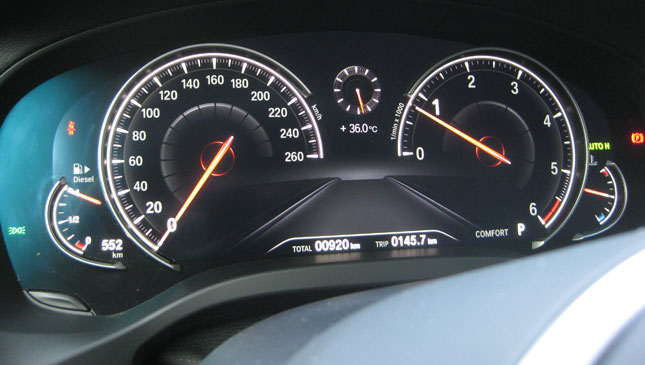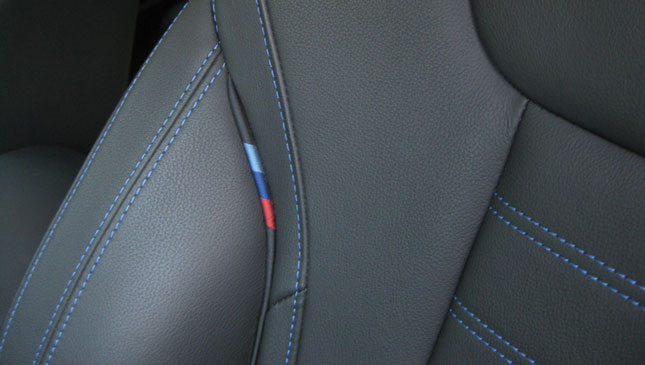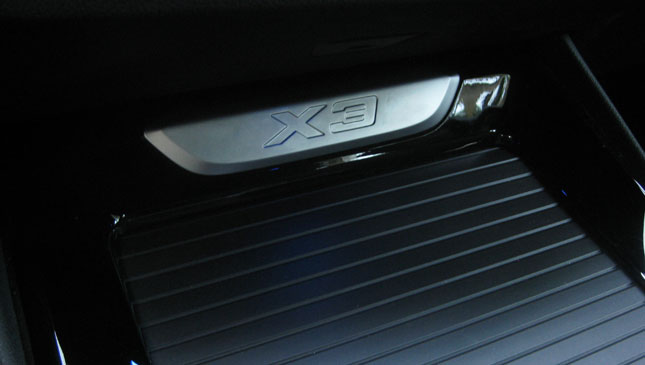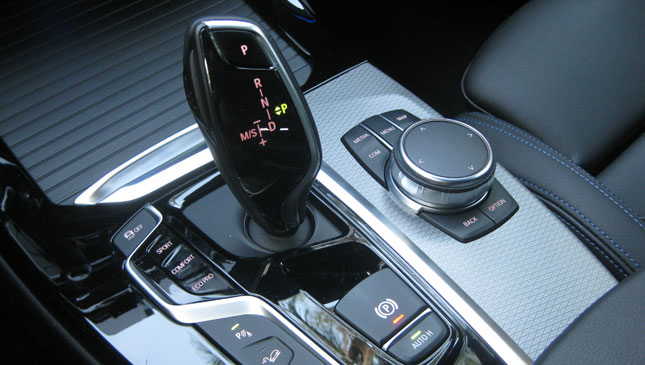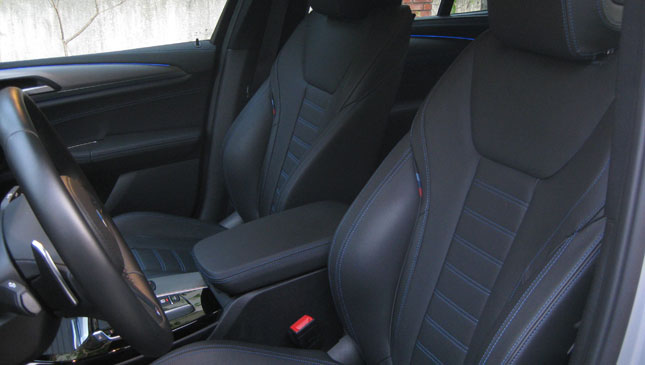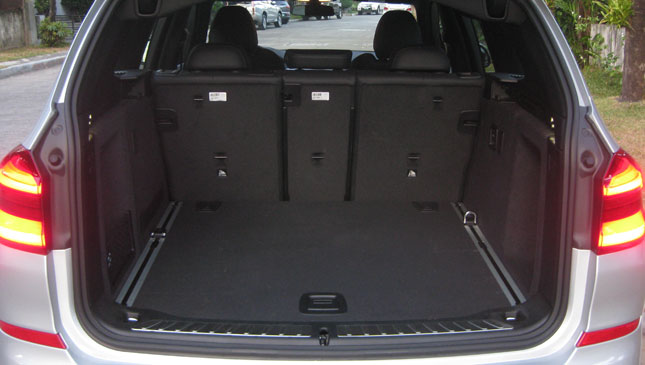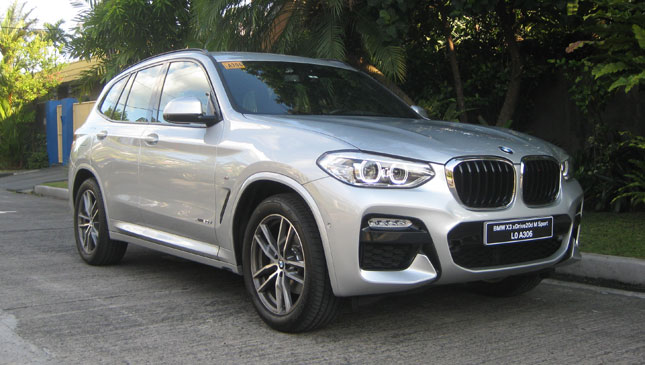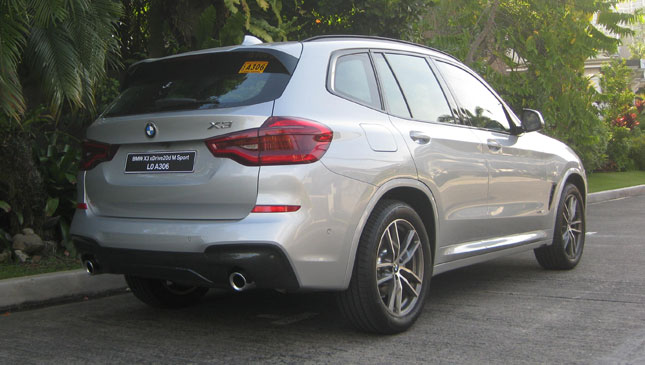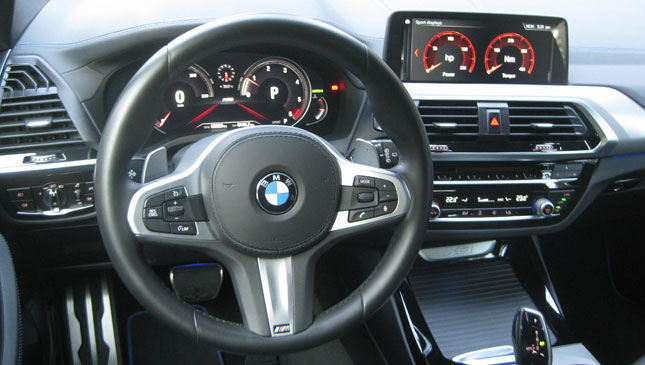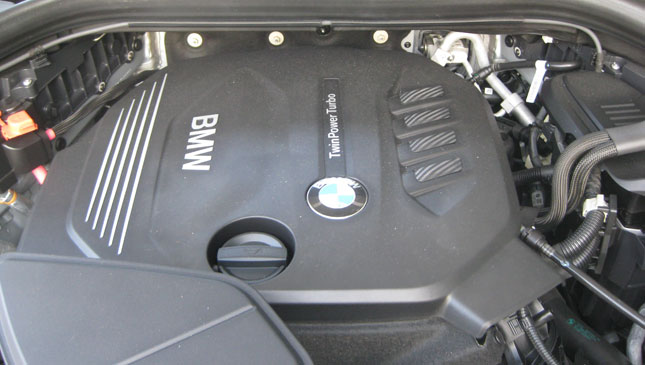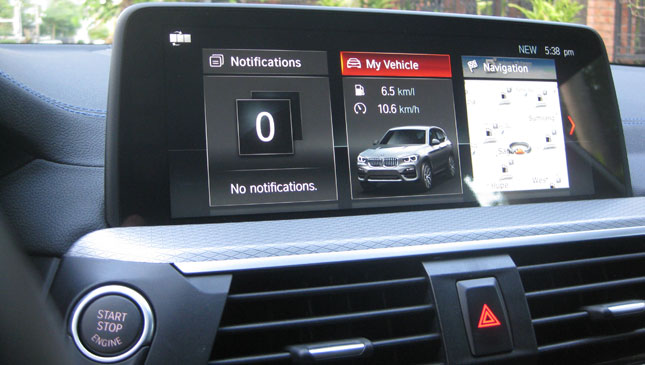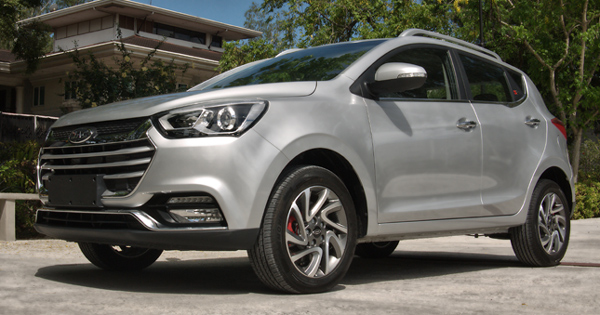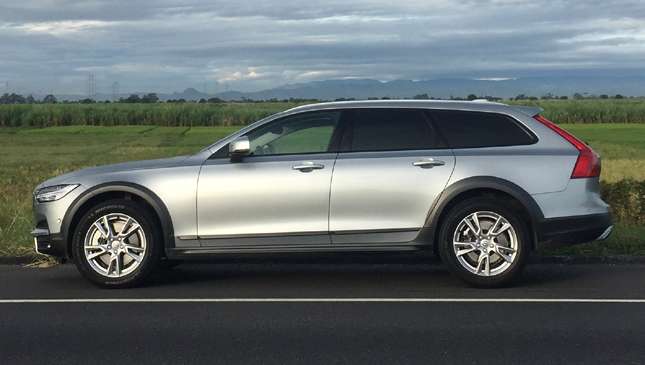The 3- and the 5-Series may have been BMW’s strong-selling vehicles over the decades and have stamped the carmaker’s reputation of producing true driver’s cars, but sedans are losing ground to crossovers.
The X-Series, the range of SAVs in BMW-speak, has overtaken the compact and midsize sedans in sales. With the competition in the compact crossover segment, the X3 is now more important than ever for the brand.
STYLING
If it ain’t broke, don’t fix it. This has been typical of BMW. The X3 retains that now familiar profile, but with some changes here and there, for a more dynamic look overall.
Up front, there’s a larger kidney grille bound by more shapely headlights. Hexagonal LED fog lights replace the classic round ones for the first time.
The character line is more pronounced and is now straight, matched with more muscular wheel arches. Just like the 7- and the 5-Series, the X3 sports a front-fender air-breather. Just underneath it is a small cavity that emits a patterned puddle light, which I find more dramatic than useful. Perhaps in much darker areas…
Rear-window styling is more reminiscent of the first-gen than the previous model—upswept minus the Hofmeister Kink. The roof spoiler, on the other hand, is consistent, flowing downwards. For a sporty look, twin exhausts are now standard. Capping off the athletic appearance are 19in alloys specifically designed for this M Sport variant.
The third-generation model is 51mm longer, 10mm wider, and 2mm lower than the previous model.
INTERIOR
You’ll feel like you’ve stepped inside a 7- or a 5-Series, thanks to the low dashboard architecture, reticulated and brushed aluminum surfaces, the LCD instrument cluster, and the slim 10.25in touchscreen with hand gesture control. I’m still a traditional guy, so I’m not particularly keen on the gesture control feature.
The M Sport variant comes with an M Sport leather steering wheel and Vernasca leather sport seats with contrast stitching in blue. A discreet M stripe on the front seats is a neat reminder of this X3’s athletic character.
The X3 features ambient lighting in six colors: orange, violet, blue, mint, bronze, and white. I kept it in blue most of the time, but also switched to violet and bronze. Blue and violet lend a sporty tone, while bronze gives the cabin a classy feel.
There are embossed X logos in various places—on the center console, on the electroplated accents on the front and rear doors, and on the B-pillars. A bit gimmicky; but given the simplicity of the logo, why not, right?
Keeping occupants cool in this scorching heat is a three-zone automatic climate control system for the driver, front passenger, and rear passengers.
Trunk capacity, meanwhile is 550 liters and can expand to 1,600 liters with the rear seats folded down. An interesting detail to the tailgate is that the hinges are now positioned by the ceiling for a tidier and more premium look. The previous models have the struts positioned on the sides.
ENGINE PERFORMANCE
The X3 is powered by a 2.0-liter TwinPower turbodiesel engine, delivering 187hp and 400Nm, with instantaneous pull around 1,800rpm. It’s paired to an eight-speed automatic with paddle shifters, although I let the car do most of the shifting during this test. Power is put to all four wheels through the xDrive all-wheel-drive system.
Customary are the three driving modes: Comfort, Sport, and Eco Pro. I was in Comfort majority of the time, at times shifting to Sport when the roads were clear.
Around the city in light to moderate traffic (in Comfort mode), the X3 returned 9.3km/L according to the fuel-consumption meter. A late-night drive to Quezon City via N. Domingo and E. Rodriguez Ave. yielded 11.2km/L, while an early morning drive to NAIA Terminal 3 returned 12.3km/L.
Too bad I wasn’t able to take it out of town during my time with it. But based on the X1’s numbers during a test drive, which were 23.5-25km/L, the X3 should achieve similar results. The X3’s weight is reportedly reduced by 55kg, thanks in part to aluminum engine and suspension components.
RIDE AND HANDLING
Steering is still a strong feature of a Bimmer—wonderfully weighted and accurate. The ride is also what we’ve been accustomed to with the brand—firm without being harsh.
Improvement to handling is owed to its 50:50 weight distribution, aided by the long hood and short front overhang.
EXTRA FEATURES
The X3 is laden with tech, such as hand gesture control, navigation, and phone connectivity. It also features park assistant, which parks the car for you in parallel or perpendicular. I tried the latter a few times and it’s quite accurate, down to the straightness in relation to the lines on each side. It’s hit with a few misses, however. Twice, it got confused with a spot’s boundary, stopping short of backing up until the car was entirely within (the front was still sticking out).
In another instance, it picked a spot beside a beam or a post, but stopped halfway through the process with the system identifying it as an obstacle. It also has a tendency of picking a lone spot where there are cars parked, rather than picking from a number of empty ones. Not sure if it’s down to parking space standards, making it difficult for the car to match it to its reference. But seriously, there are things a driver is meant to do on his own, doing it even faster.
VERDICT
The X3 moves with the modern times, replacing some of that analog feel from the previous models for the latest tech. Like it or not, it has to—the compact luxury crossover segment is highly competitive, after all.
While it has become more mainstream, it still remains true to BMW’s principle of delivering driving dynamics its cars are known for. Shelling out that kind of amount will always raise a question, but there’s no question the latest X3 is still a joy to drive.
SPECS: BMW X3 xDrive20d M Sport
Price: P4,590,000
Engine: 2.0-liter turbodiesel I4
Power: 187hp @ 4,000rpm
Torque: 400Nm @ 1,750-2,500rpm
Transmission: 8-speed automatic
Layout: AWD
Seating: 5
Score: 18/20
BMW X3 xDrive20d M Sport
